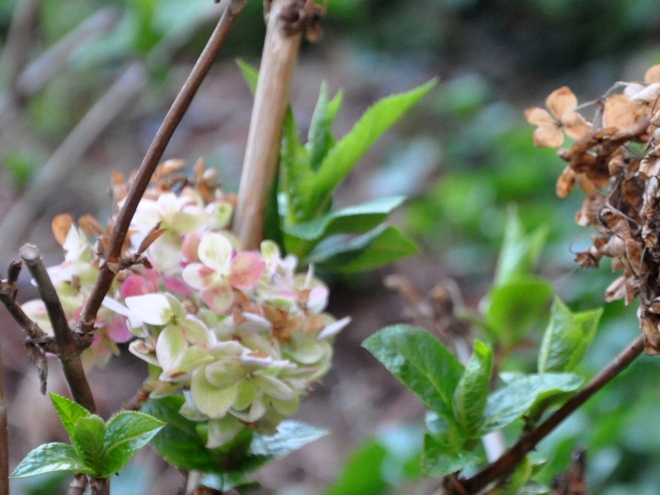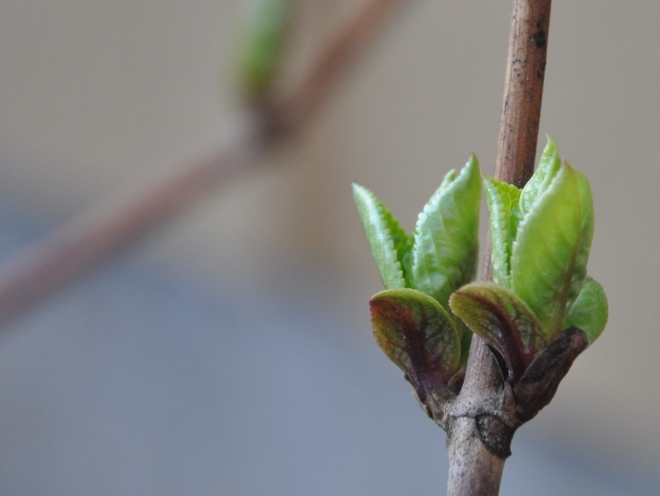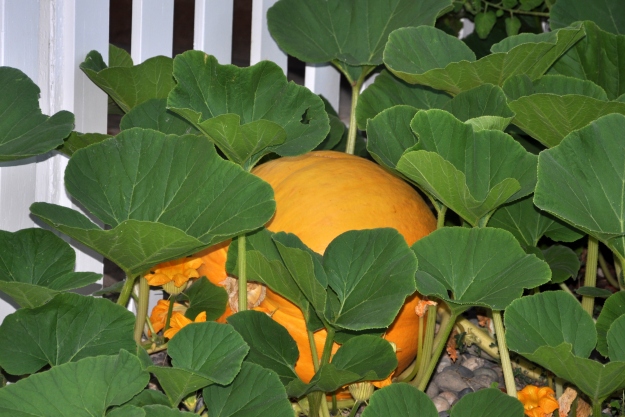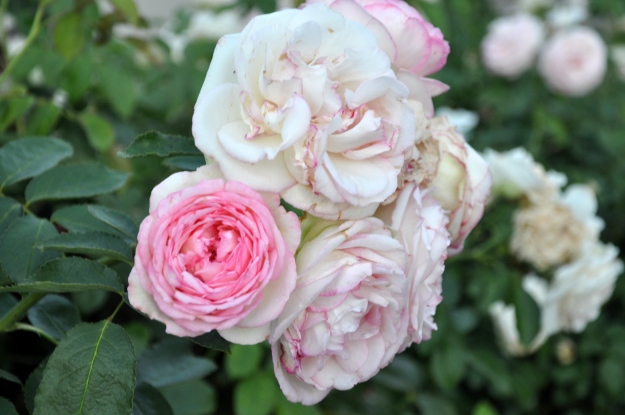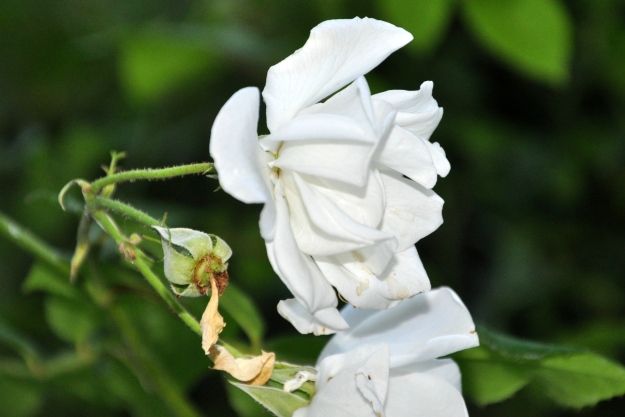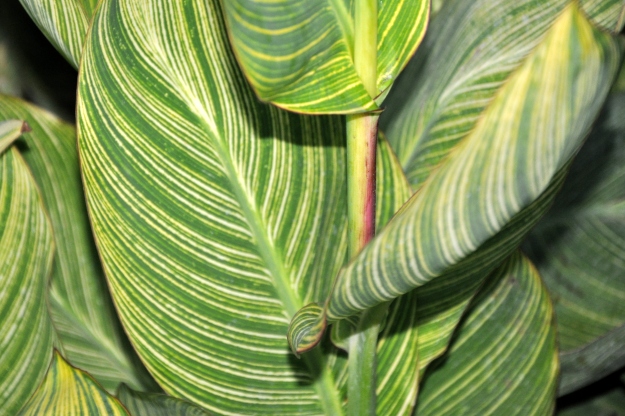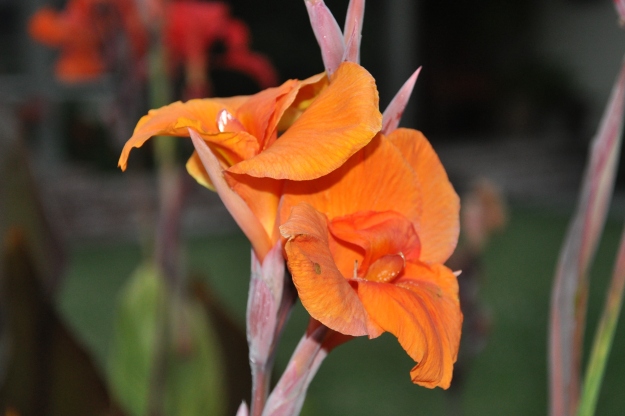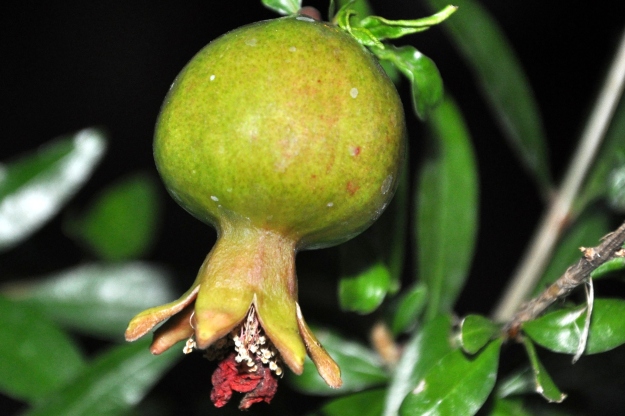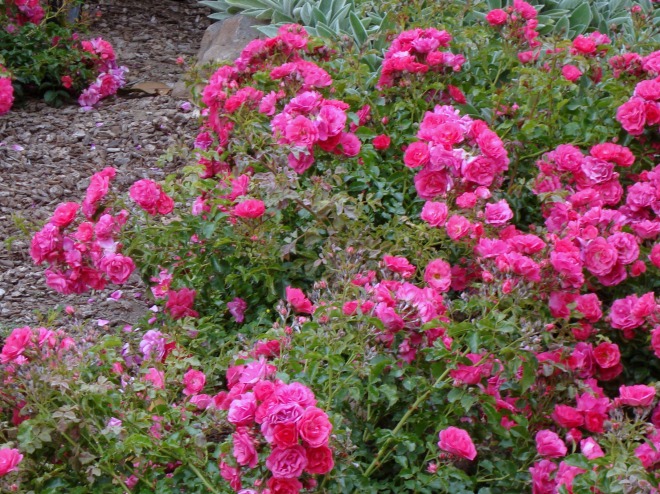
There are different theories on the proper time to prune a plant. When we bought this house twenty years ago there were dozens of rose bushes, front and back. I “hard” pruned them once a year in January, removing crossing branches and dead limbs and leaving little more that a few inches of stem. My neighbor looked on aghast, but I assured him all was well. Sure enough, the flowers bloomed year after year.
I’m not a big fan of roses, so we gradually replaced them with other plants. One of our neighbors took all of the pink roses and transplanted them in the garden of her rental property. It was nice to see them go to a good home.
About five years ago we added some hydrangeas in a few shady garden spots. The first year I pruned the plants in the fall after the blooms turned to a crumbly brown. A few of them came back looking good, but some of the others looked so-so. When I researched the proper time to prune them I got mixed answers. Some of the articles said to prune in the fall if the flowers bloomed on new wood. Others suggested pruning in the spring. I got up close to each plant and honestly couldn’t tell which was which
Last fall I decided to split the difference. I left a few of the plants untouched, while pruning the others just above the buds.
Now I know.
All of the hydrangeas are showing new growth, but the ones I left untouched look healthier. The growth appeared just below last year’s spent bloom. It was a wonderful experience cutting off the dead blooms and exposing the lovely lime green of new growth below. Don’t you just love that color?
According to this first article in Fine Gardening, “knowing if your shrub blooms on old or new wood will help you make timely cuts.”
The same site shared this video, saying it depends on when your hydrangea blooms, spring or fall. Since ours bloom in the spring but continue to bloom through the fall, it seems that I should have pruned last fall after all.
I’m back to being confused.
I’ll report back in a few months when the plants are in bloom. Life in the garden is never dull.




